
How to Grow a Banana Tree at Home and Never Buy Bananas Again
Supermarkets Don’t Want You to Know This: How to Grow a Banana Tree at Home and Never Buy Bananas Again
Every year, millions of households spend money on bananas without ever realizing that they could grow their own supply — right at home. Yes, the same bananas you buy from the supermarket, often sprayed with chemicals and shipped across the globe, can be replaced with your own organic harvest. What’s even more surprising? You don’t need acres of farmland or advanced gardening skills. With the right approach, anyone can grow a banana tree in their backyard, on a rooftop, or even in a large pot on a balcony.
Banana plants are not just a source of fruit. They also offer shade, lush greenery, and a tropical aesthetic that transforms any living space. With food prices rising and concerns over pesticide use growing, more people across Asia, America, and Europe are turning to homegrown bananas as a practical, sustainable solution.
Why Grow Bananas at Home?
Bananas are one of the most consumed fruits globally, but few people know how simple it is to grow them. A banana plant can produce large bunches of fruit, sometimes yielding up to 100 bananas per cycle. The plant is fast-growing, low-maintenance, and can thrive in both gardens and containers — making it ideal for urban gardeners.
Beyond the fruit, banana trees are also valued for their leaves (used in cooking and packaging), their stalks (which can be composted), and their beauty. A mature banana plant can reach full size in just 9 to 12 months, making it one of the fastest ways to grow your own fruit at home.
What You’ll Need
-
A banana sucker (also called a pup) or tissue culture plant
-
Well-draining soil (rich in compost)
-
A large container (at least 18 inches deep) or an outdoor garden space
-
Access to sunlight (minimum 6 hours daily)
-
Organic fertilizer or compost
-
Regular water source
How to Grow a Banana Plant: Step-by-Step Guide

Step 1: Choose the Right Variety
There are many banana varieties — some grow tall, others stay compact. For home growing, especially in pots, consider dwarf varieties like Dwarf Cavendish or Dwarf Brazilian. These are easier to manage and ideal for limited space.
Step 2: Select a Healthy Sucker or Plantlet
Banana plants do not grow from seeds. They are propagated from suckers (small shoots that grow from the base of the parent plant) or from lab-grown tissue culture plantlets. Choose a sucker that is 3 to 4 feet tall, with a strong stem and healthy roots.
Step 3: Prepare the Soil
Bananas need nutrient-rich, well-draining soil. A mix of loamy soil, compost, and organic manure is ideal. If using a pot, make sure it has good drainage holes.
Step 4: Plant the Sucker
Dig a hole twice as wide as the sucker’s root ball. Place the sucker into the hole and cover it with soil. Water thoroughly.
For pots: Use a large, sturdy container and fill it with soil mix. Plant the sucker about 2 inches deeper than its root line. Press the soil gently and water.
Step 5: Provide Sunlight and Water
Banana plants love sun and moisture. Place them where they get at least 6 hours of direct sunlight daily. Water regularly, keeping the soil moist but not waterlogged. During hot months, you may need to water daily.
Step 6: Feed the Plant
Fertilize every 2–4 weeks using compost, banana peel fertilizer, or balanced organic NPK fertilizer. Bananas are heavy feeders and respond well to consistent nutrition.
Step 7: Support Growth and Wait
Banana plants grow fast. Within 6–9 months, you’ll see full-size leaves forming a pseudo-stem. Around 9–12 months after planting, a flower (called an inflorescence) will appear, followed by clusters of young bananas.
Harvesting Your Homegrown Bananas
Once the bananas are fully formed and begin to plump up but are still green, you can cut the whole bunch from the plant. Let them ripen at home. After fruiting, the parent plant will die — but don’t worry. New suckers will grow from the base, ready to start the next cycle.
Common Mistakes to Avoid
-
Overwatering: Standing water leads to root rot.
-
Poor sunlight: Insufficient light slows growth and delays fruiting.
-
Wrong container size: Bananas need room to grow — small pots stunt development.
-
Using unhealthy suckers: Weak plant material leads to poor yields.
Final Thoughts: A Tree That Feeds You Back
Growing your own banana plant isn’t just a fun project — it’s a powerful step toward self-reliance, food security, and sustainable living. What starts as a small shoot in your yard or balcony could become a source of nourishment for your family, season after season.
So the next time you toss a banana peel, think twice. What if, instead of buying bananas every week, you had your own tree just steps away? The truth is: you can — and now, you know how.
News in the same category

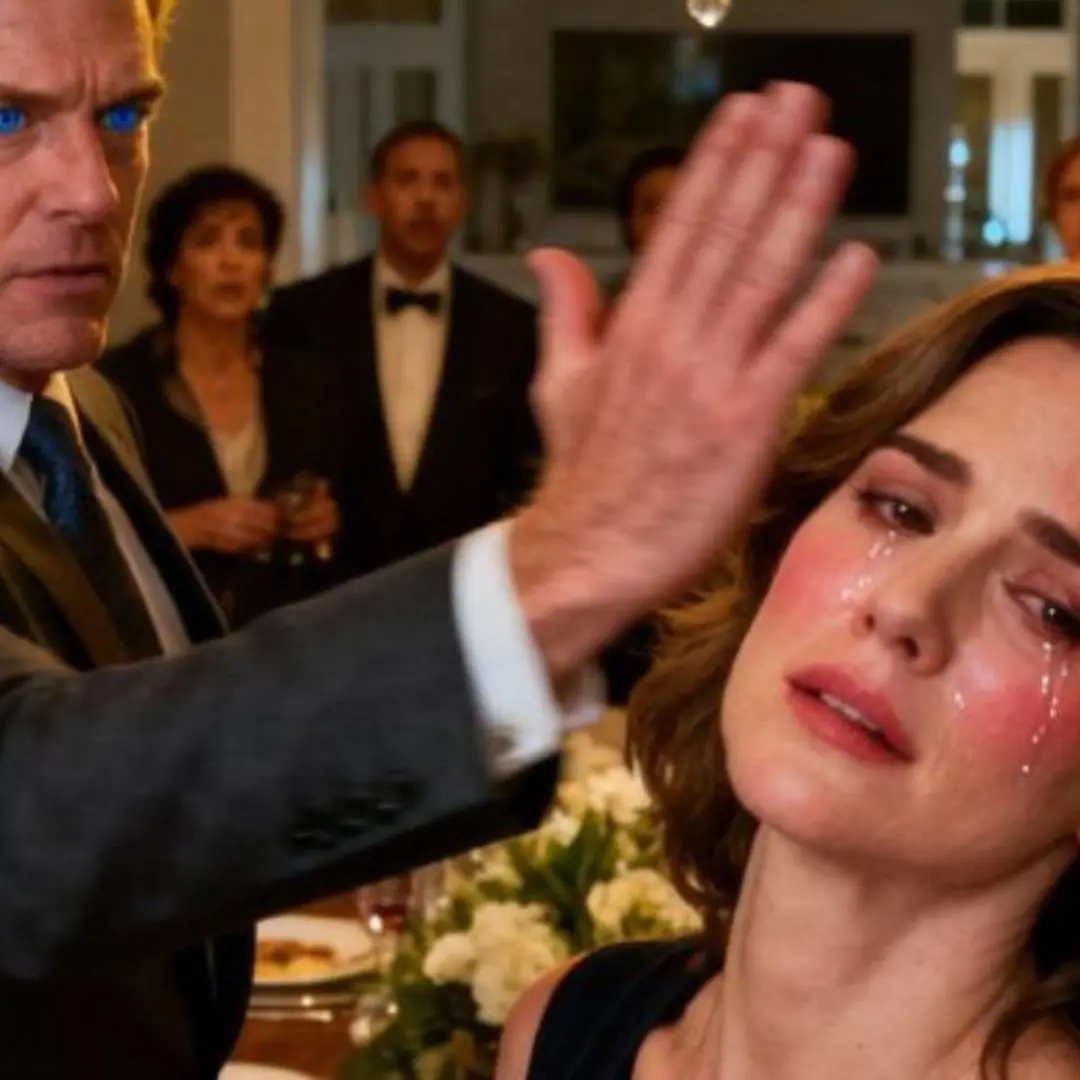
The husband slapped his wife in front of his friends to show off — but her act of revenge left everyone shocked and speechless

10 Clever Ways to Reuse Lemon Seeds at Home

Unlocking the Secret Health Benefits of Common Mallow: Nature’s Wonder Herb for Wellness
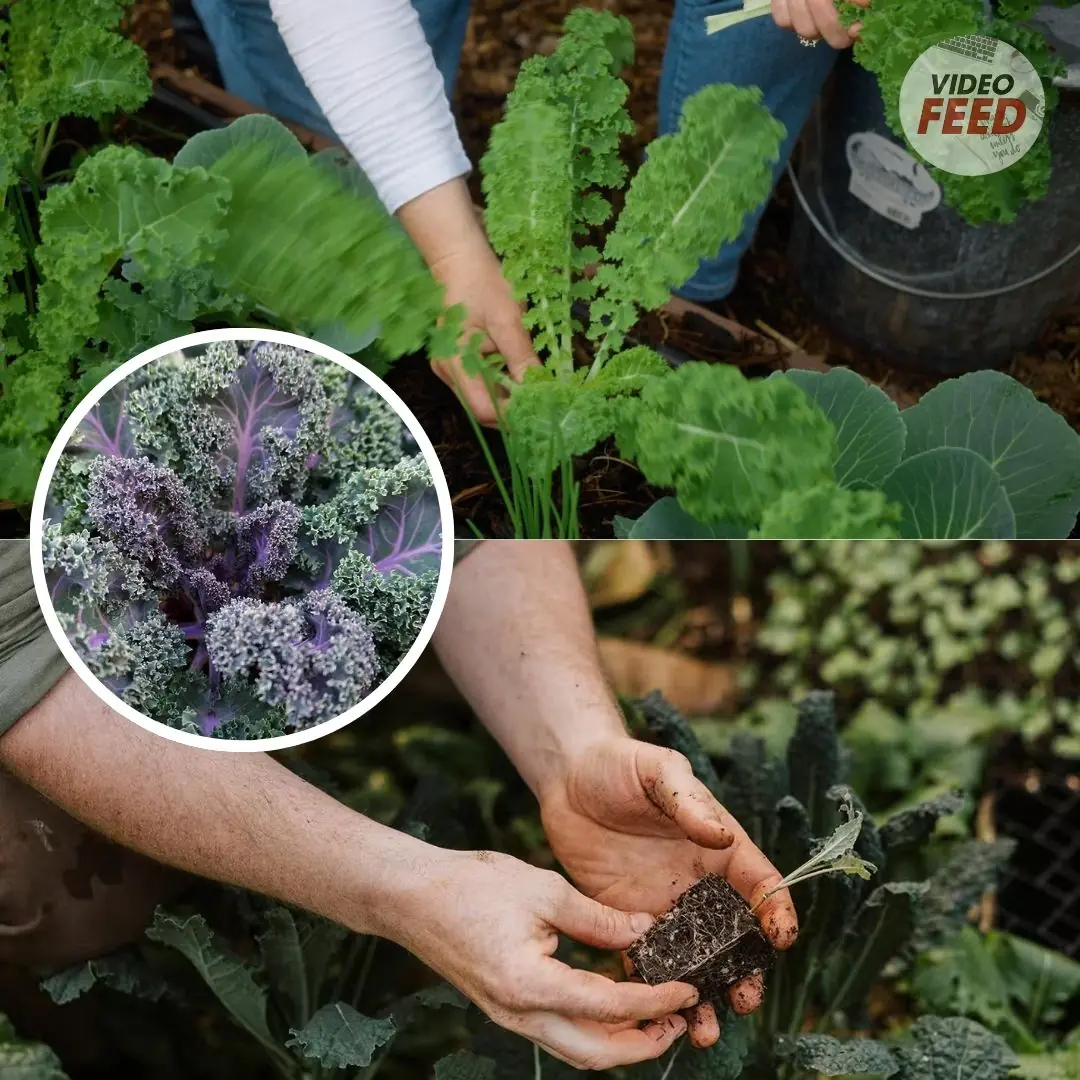
Growing Kale: Planting, Care, and Harvesting Tips
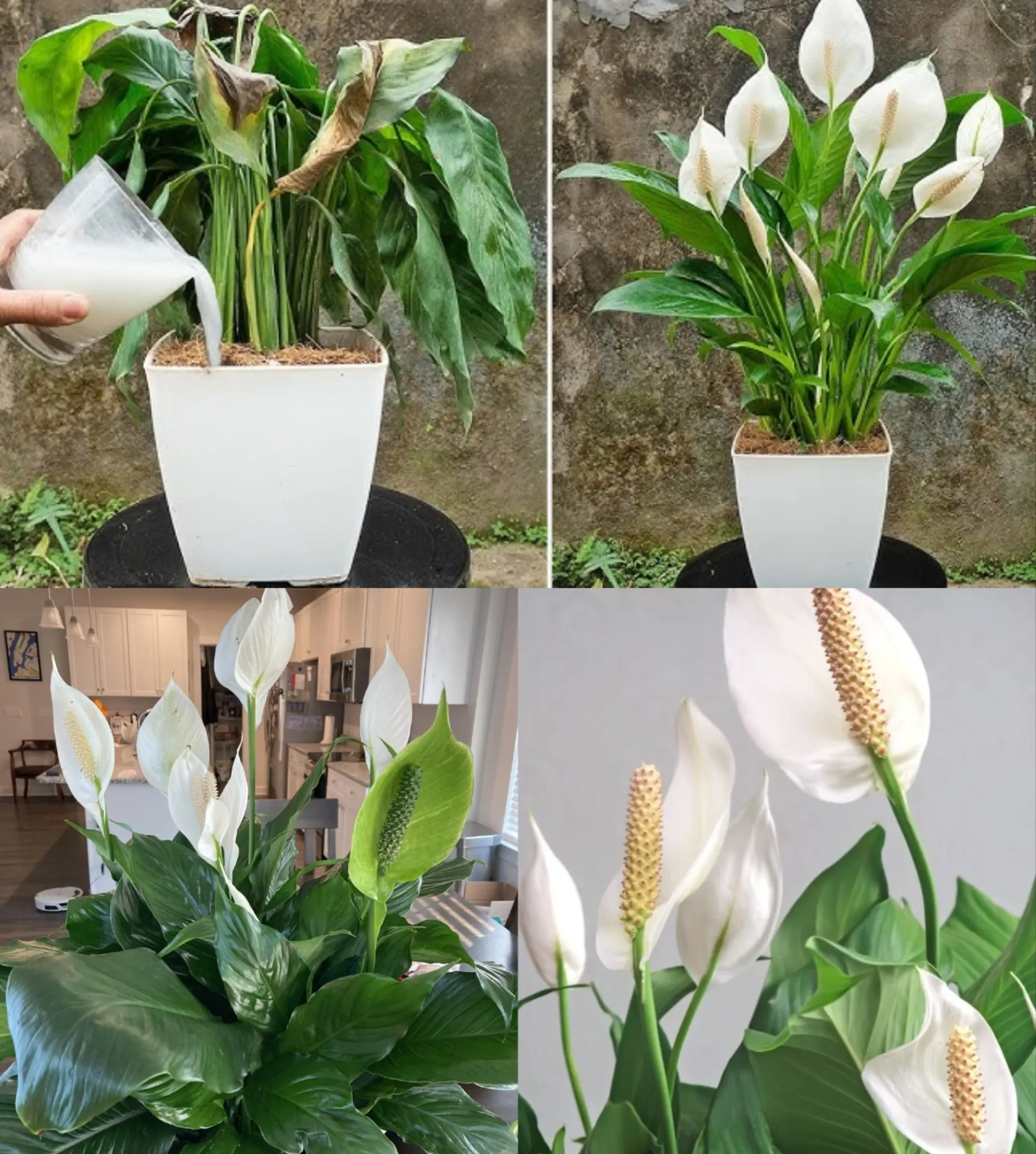
Just 1 Cup Makes Peace Lilies Bloom with So Many Flowers
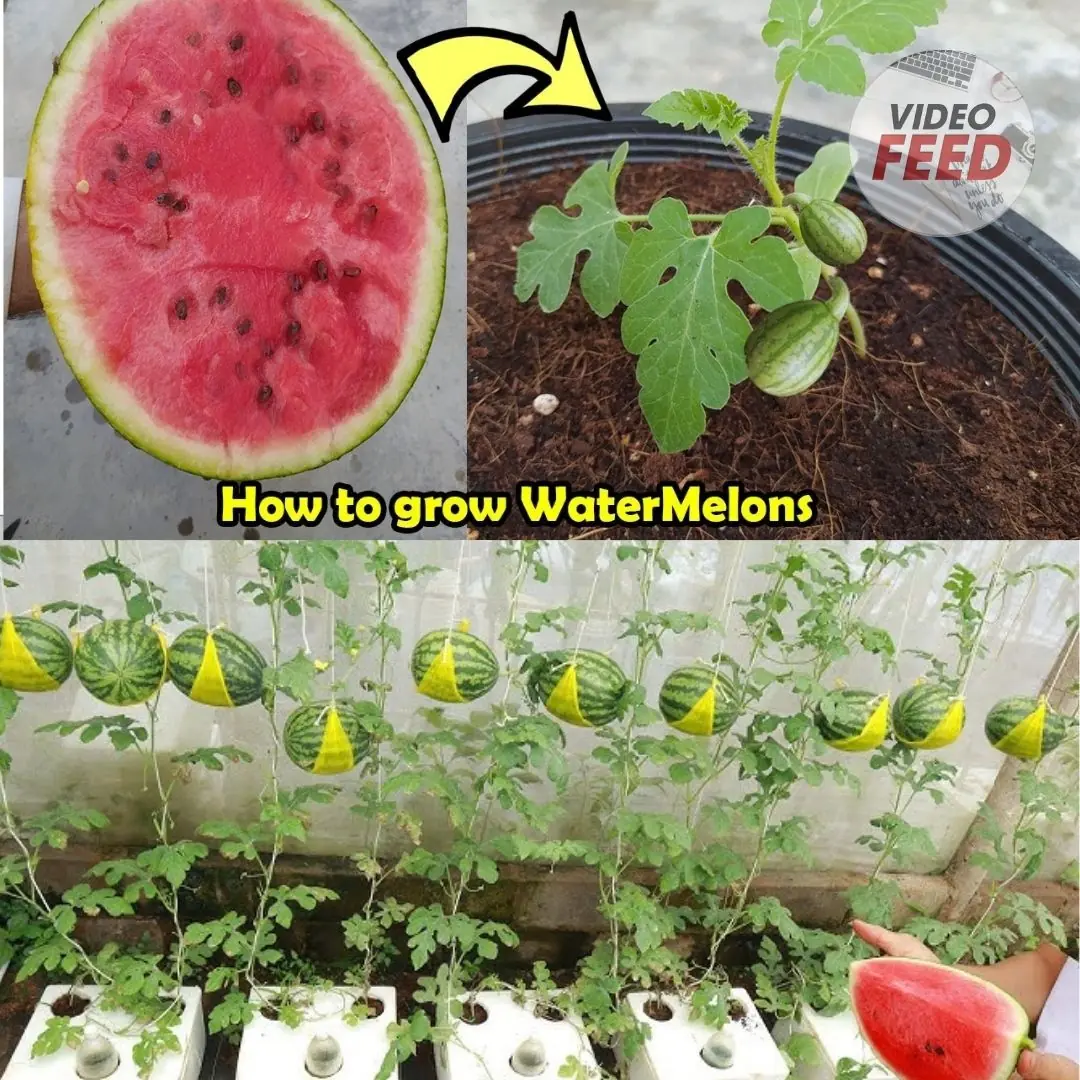
How to Grow Watermelons at Home: A Guide for Small Spaces & Balconies
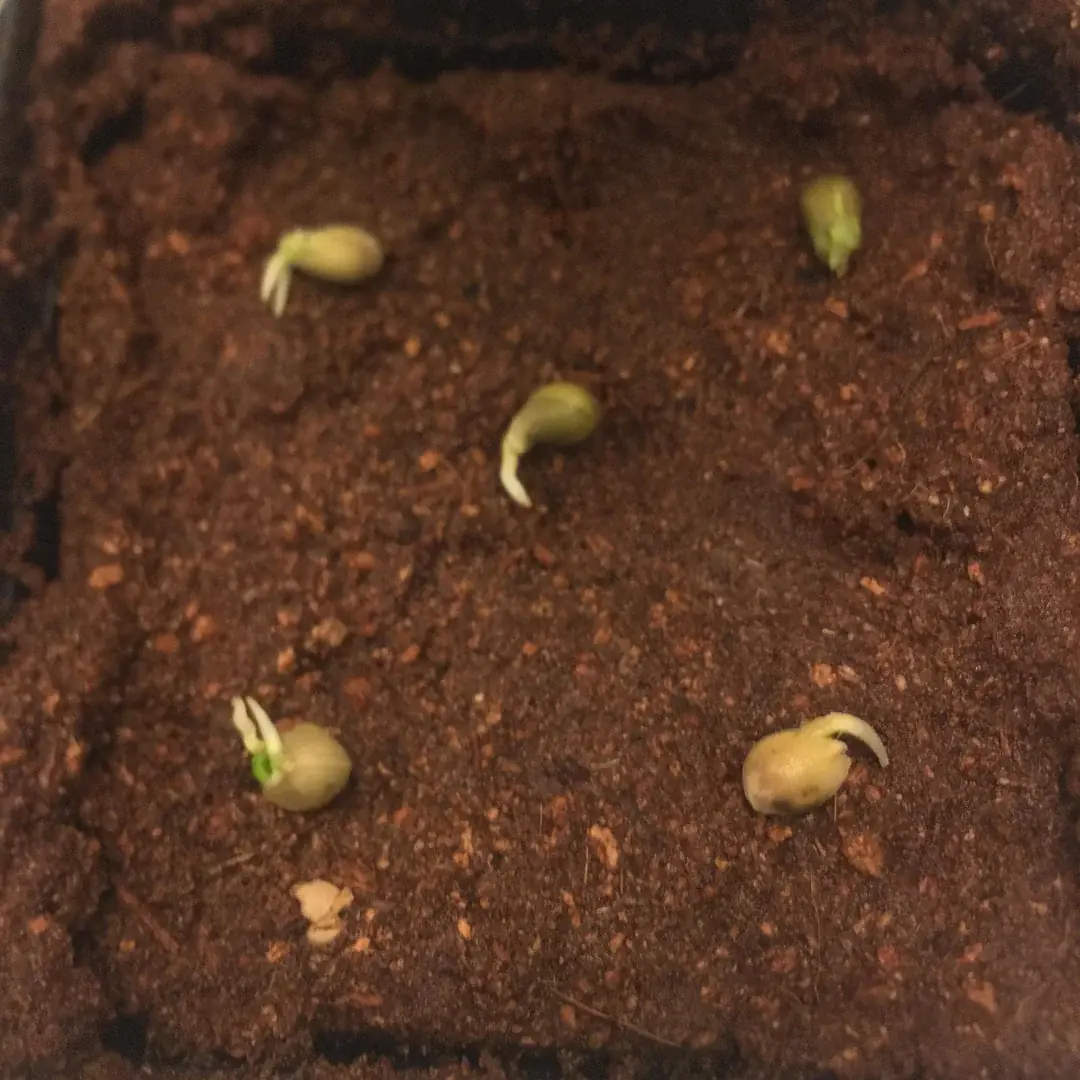
Here’s How to Grow Calamansi at Home — No Farm Needed
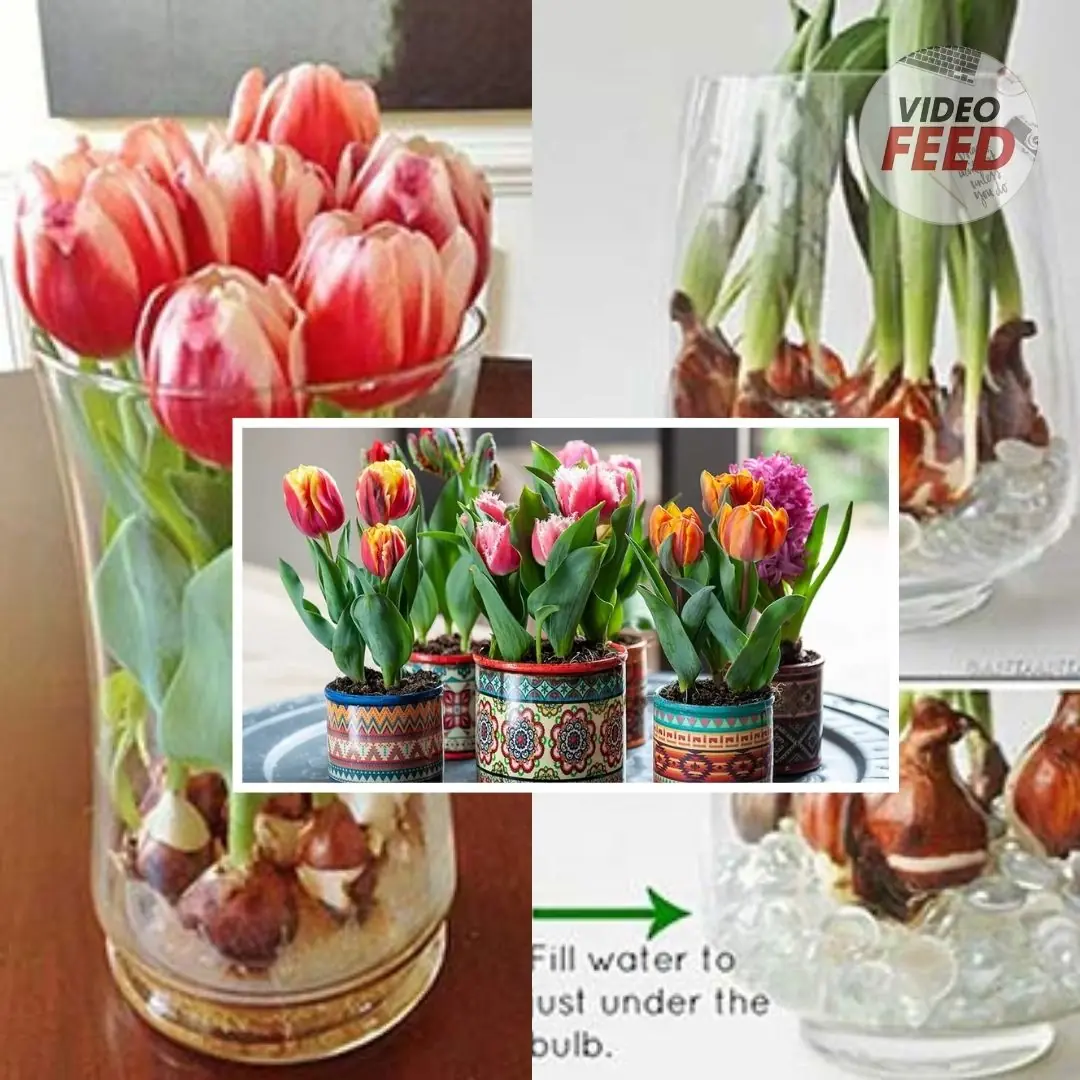
How to grow tulips indoors – a step-by-step guide to forcing these beautiful bulbs
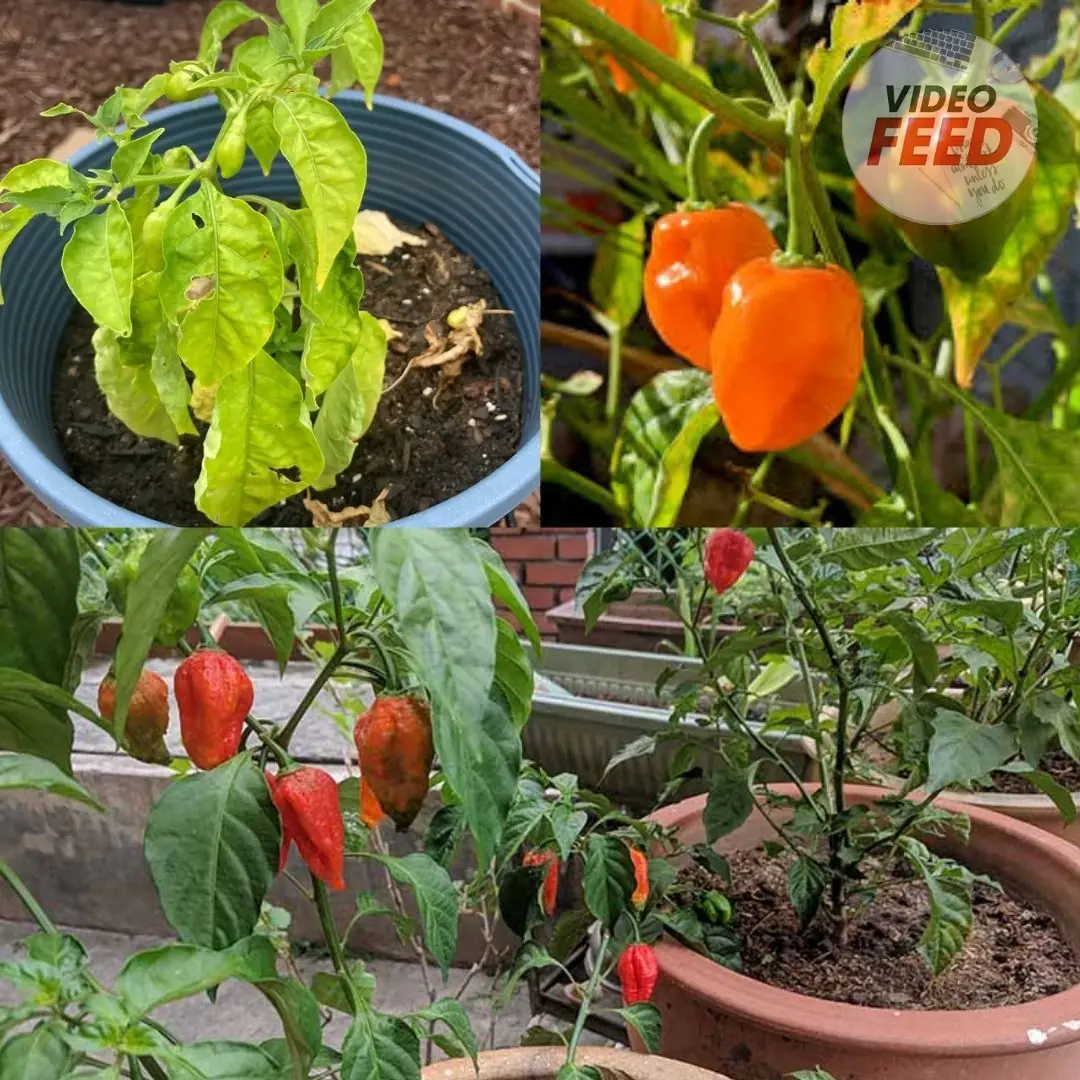
How to Grow Habanero Peppers in Pots
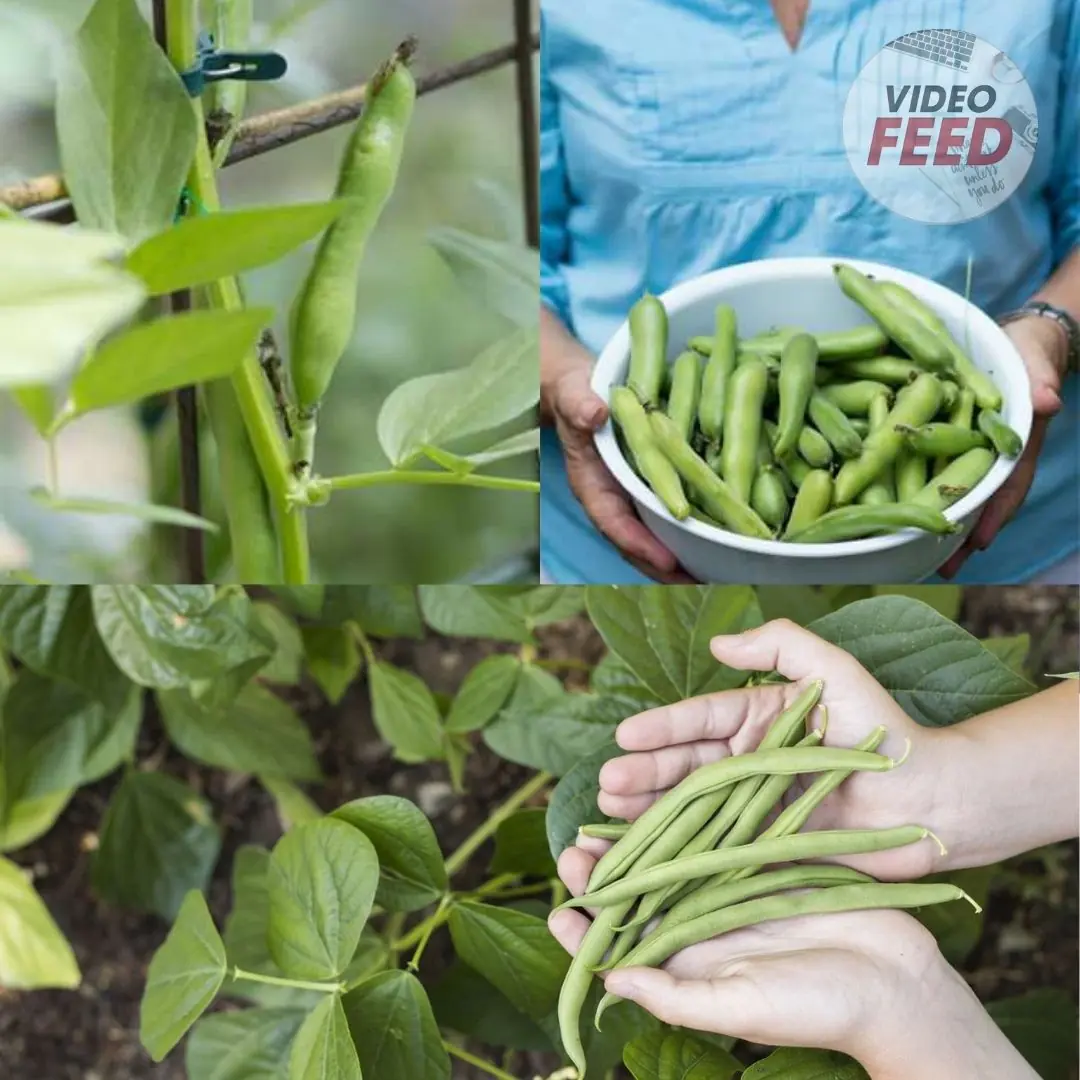
Grow These 5 Garden Beans This Summer
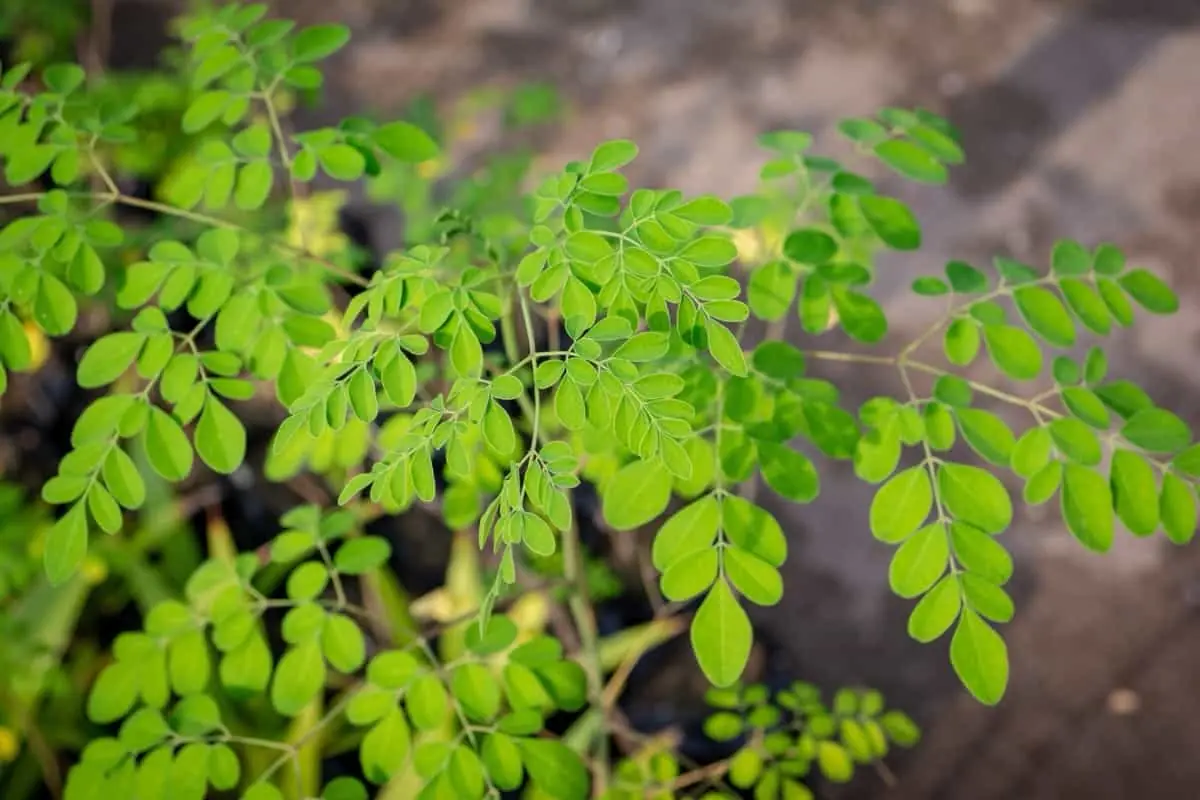
Why Asians Are Rushing to Grow This “Miracle Tree”: Heals Like Medicine, Sells Like Gold
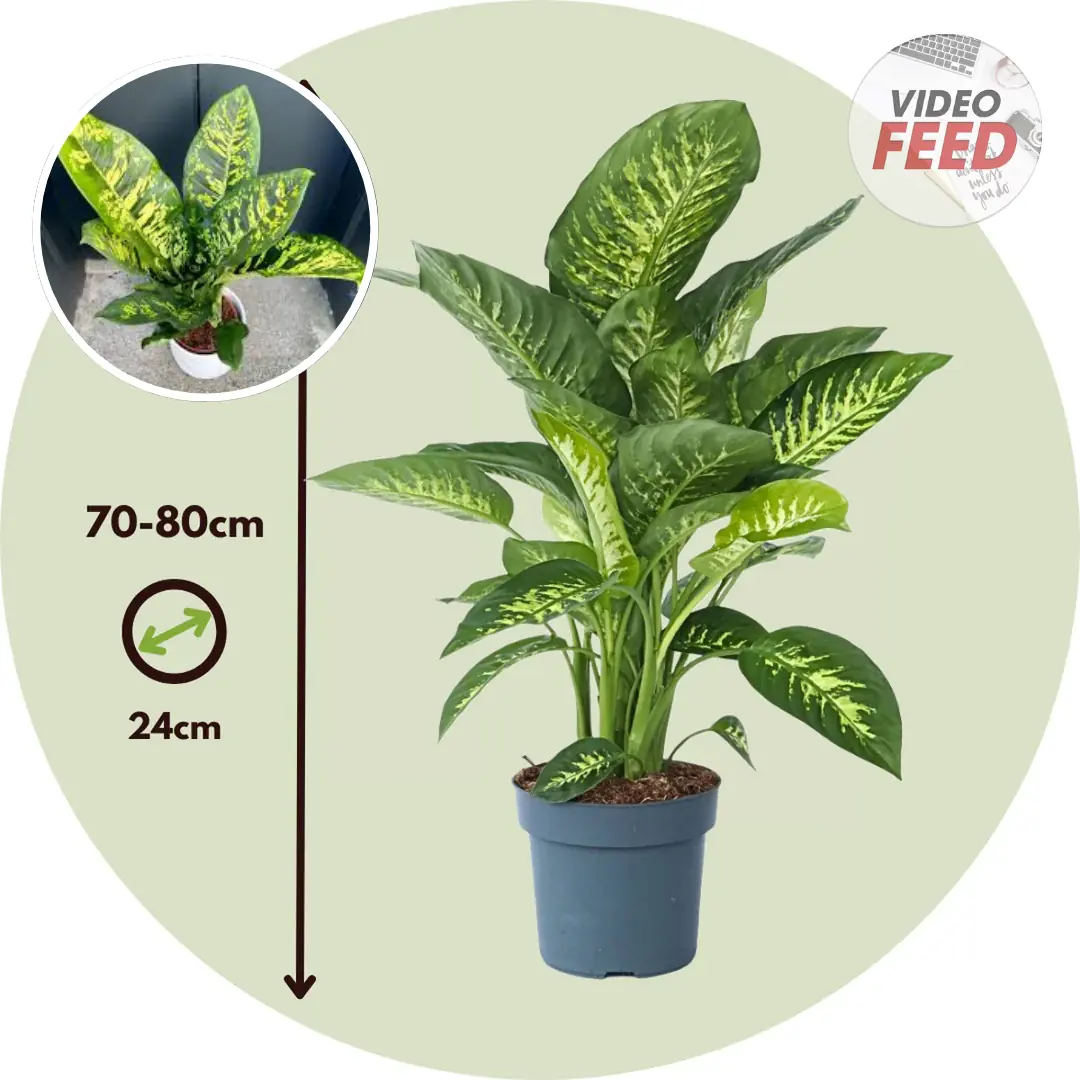
How to Grow and Care for Dieffenbachia
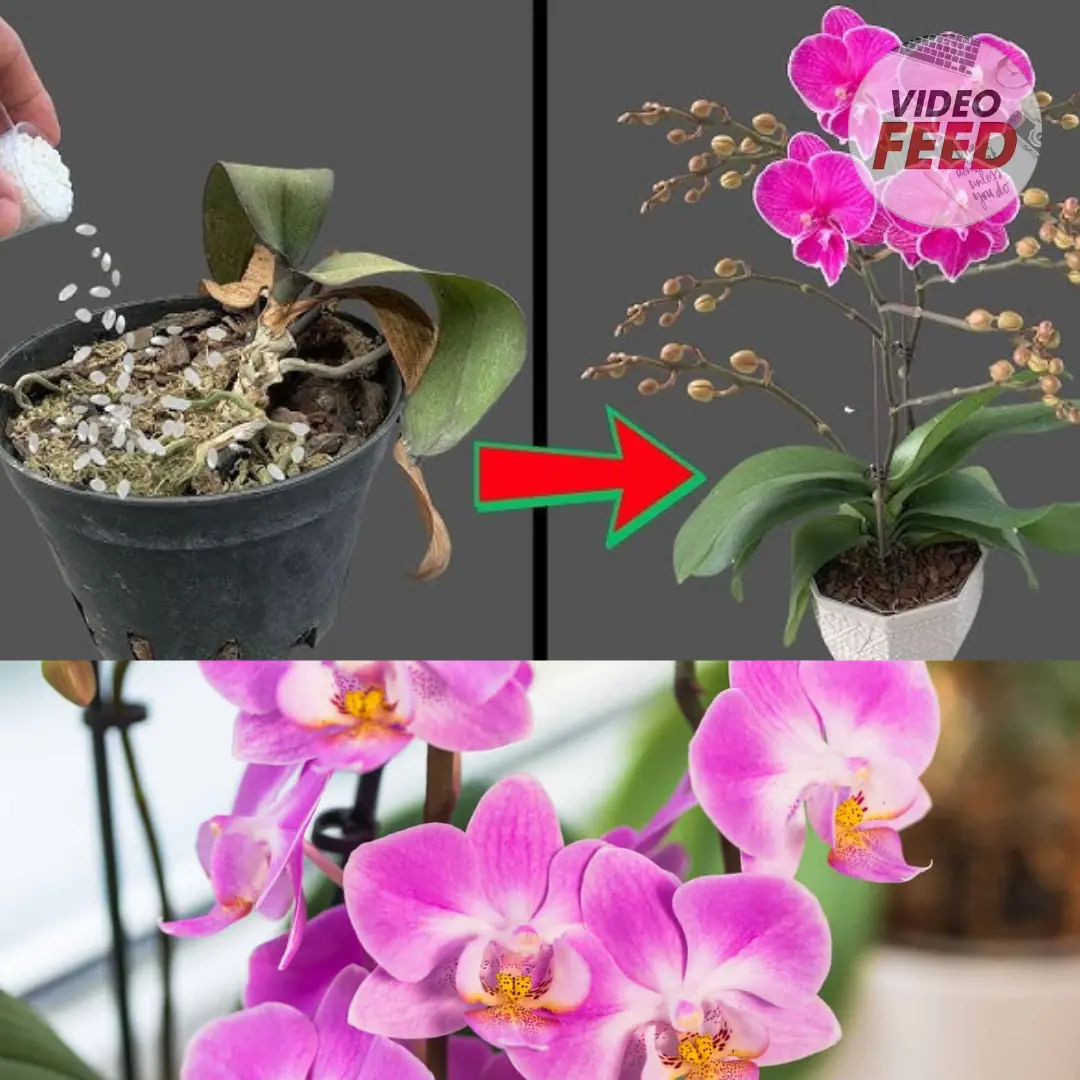
How to Grow and Care for Phalaenopsis Orchids Indoors
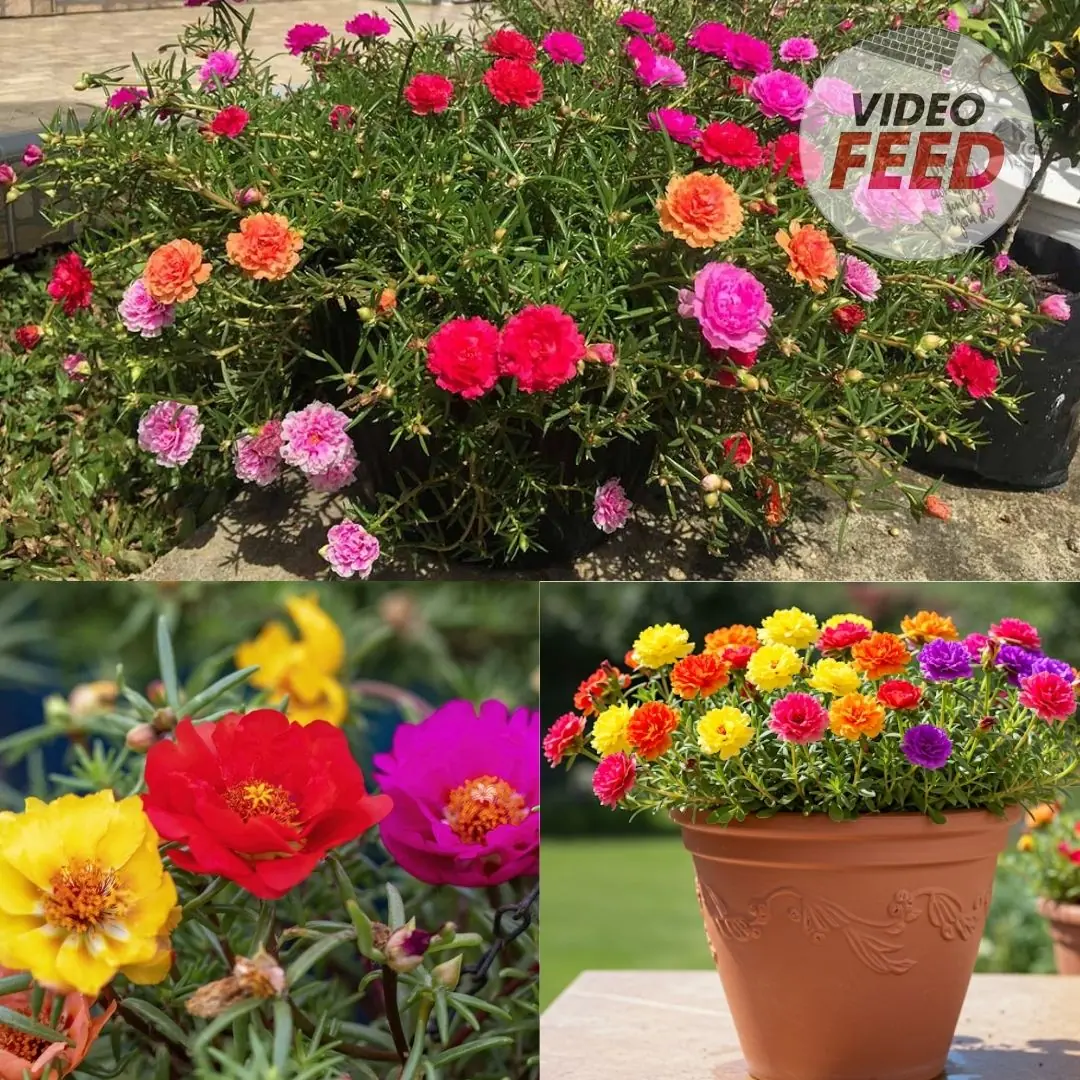
Portulaca in Pots: The Complete Guide to Growing Colorful & Drought-Tolerant Flowers Outdoors
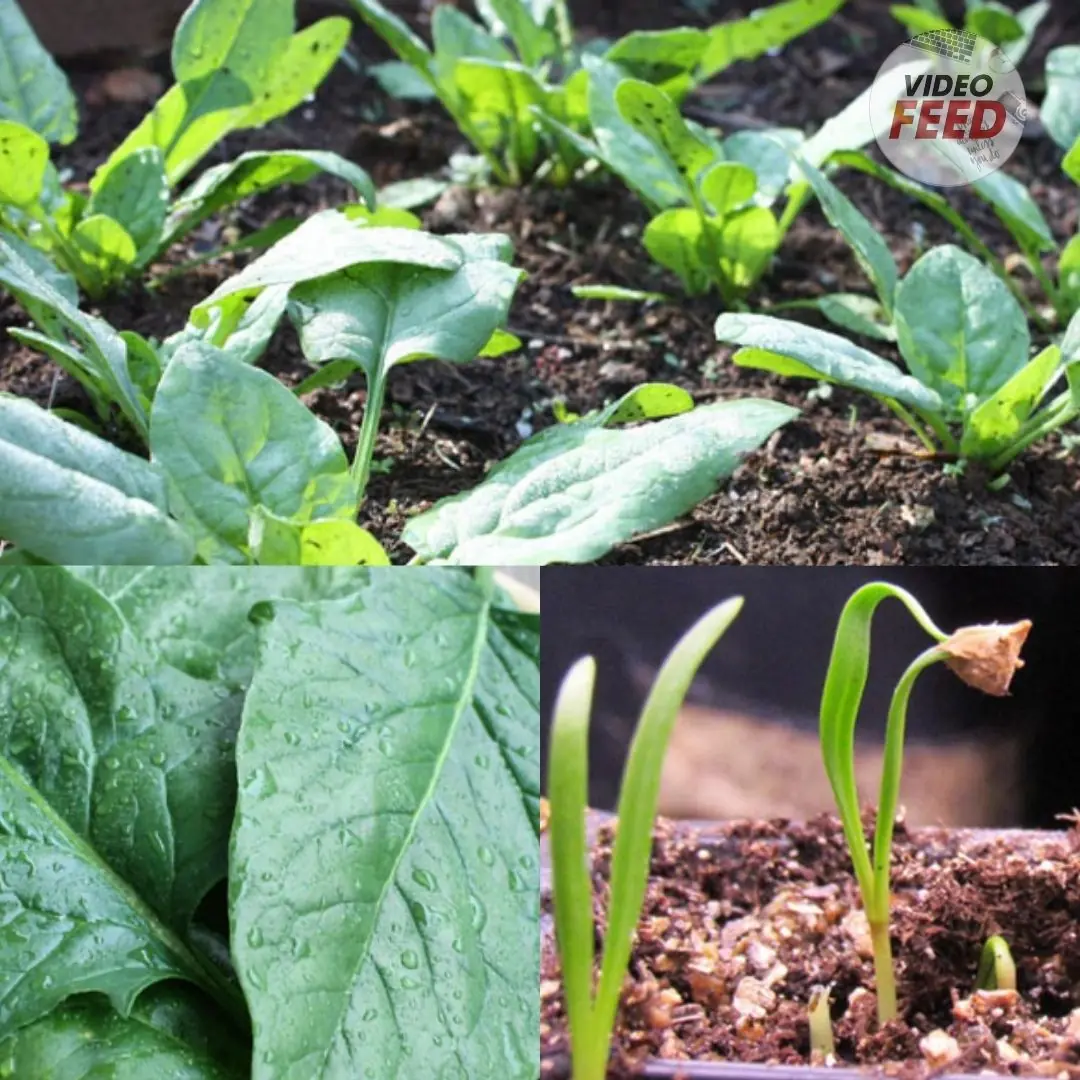
10 Tips for Growing Superb Spring Spinach
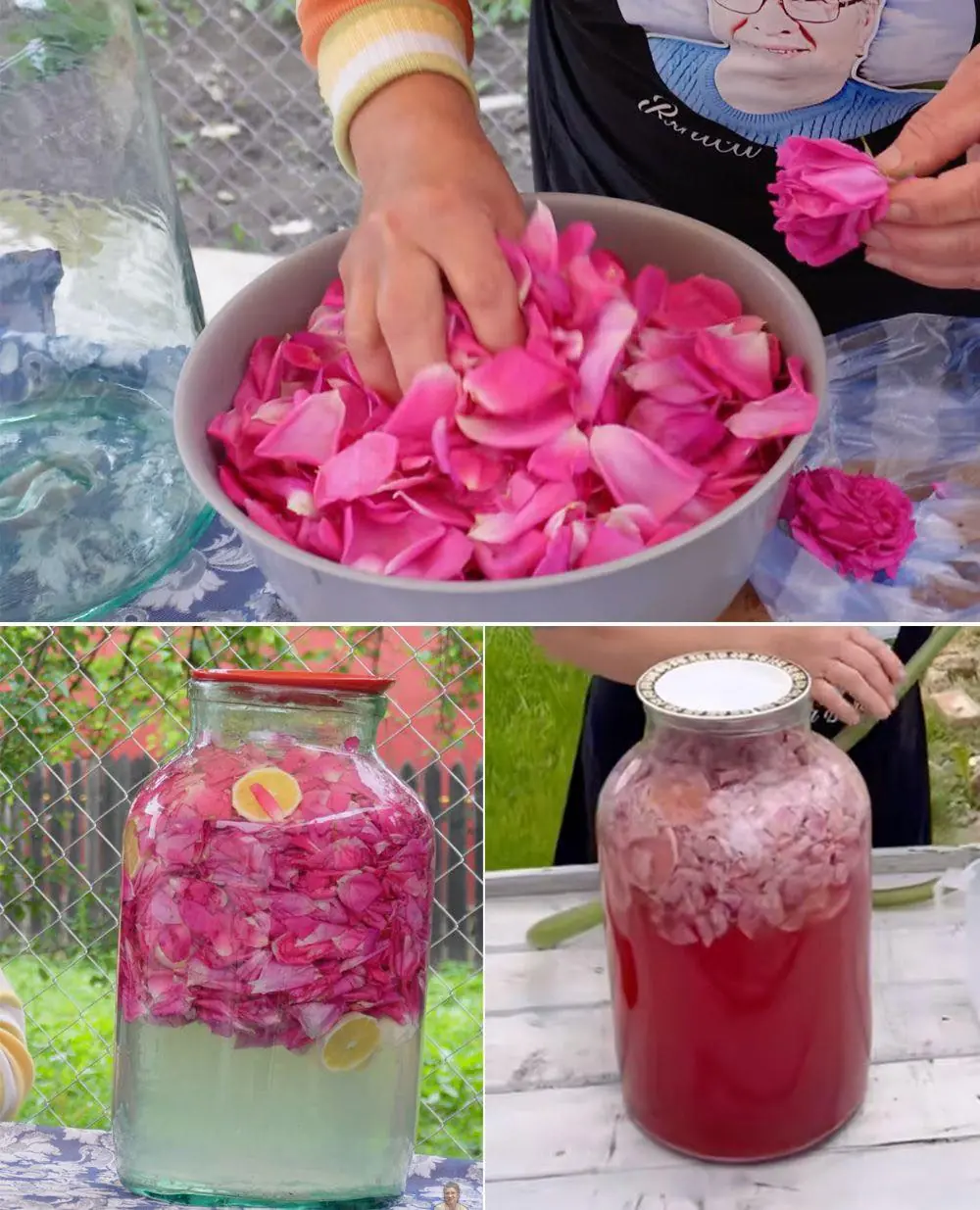
How to Make Rose Petal Lemonade – A Refreshing Homemade Drink
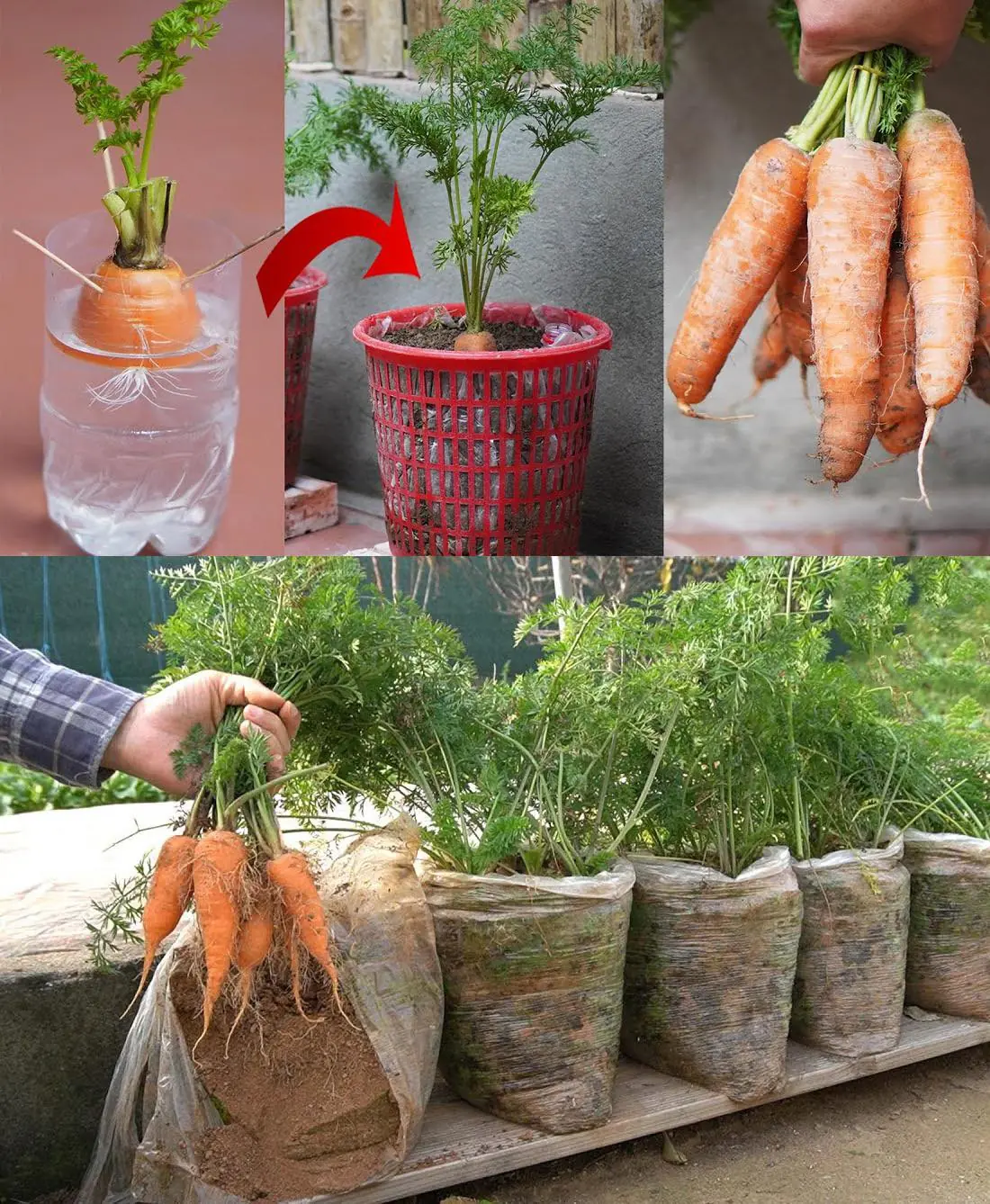
How to Grow Carrots at Home in Containers Starting with a Single Carrot
News Post

Always Throw a Water Bottle Under the Hotel Bed: A Flight Attendant Reveals Why
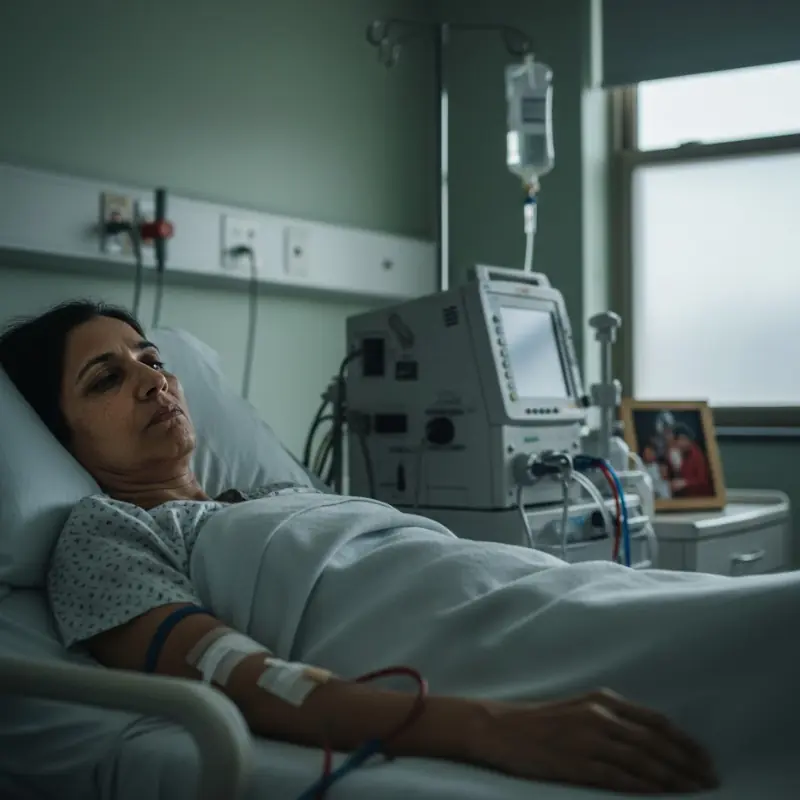
Drinking These 4 Common Beverages Could Be Harming Your Kid.neys

What a Daily Banana Could Mean for Your Blo.od Pressure?

When a Family Member Passes Away, Don’t Throw Away These 4 Important Things

Waking Up at Night to Urinate? Read This
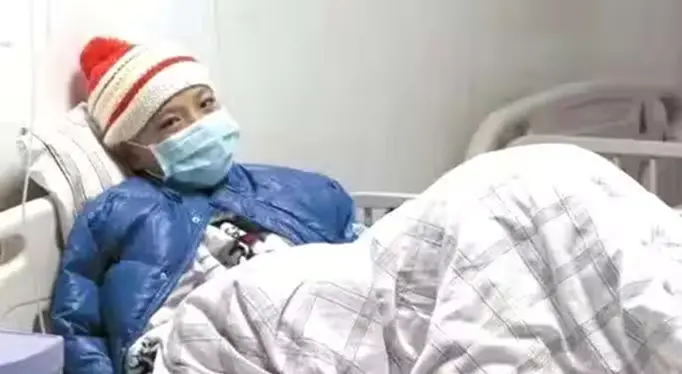
A 14-Year-Old Girl Diagnosed with Colorectal Can.cer: Doctors Warn—It’s Better for Children to Skip Breakfast Than Eat These 4 Types
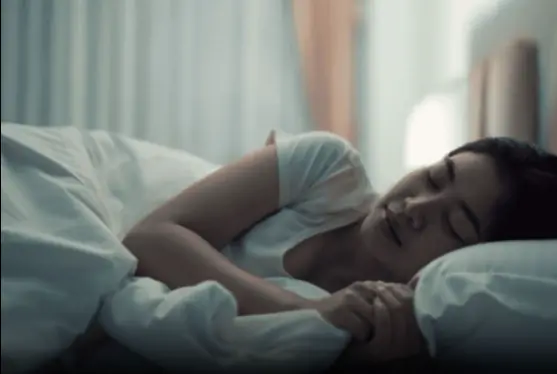
Every woman likes to be touched in these "3 places" on her body, especially the first place

Plants That May Attract Snakes to Your Home: What You Should Know

Garlic peels are not trash, don't rush to throw them away

Say Goodbye to Joint and Foot Pain with a Relaxing Rosemary Bath
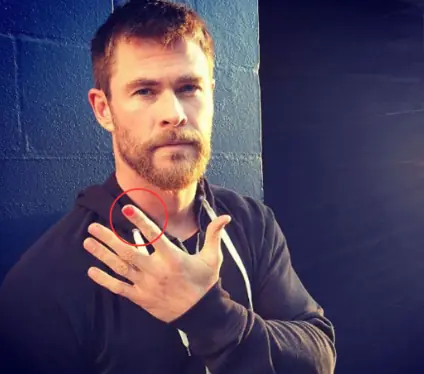
If You See A Man With One Painted Fingernail, Here’s What It Means

Dog ticks bit 3 people in a family, 2 died: If you can't keep them clean, don't keep them, they're full of diseases

Don’t Ignore These 7 Early Heart Attack Warning Signs
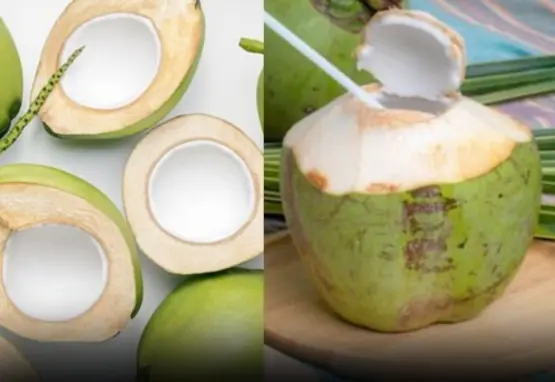
Drink coconut water on an empty stomach for 7 days, kill 10 birds with one stone: it's a waste not to try it

8 Natural Remedies for Sinus Infections That Work Without Antibiotics

This One Superfood Could Tackle Major Health Issues—Here’s What You Need To Know

If You’re Farting More Than 25 Times a Day—It Might Be a Sign Your Body is Trying to Warn You

Preventing Stroke At Any Age: 3 “Don’ts” After Meals—And 4 “Don’ts” Before Bed

Why You Might See Unusual White Bumps On Your Lips Or Genitals
